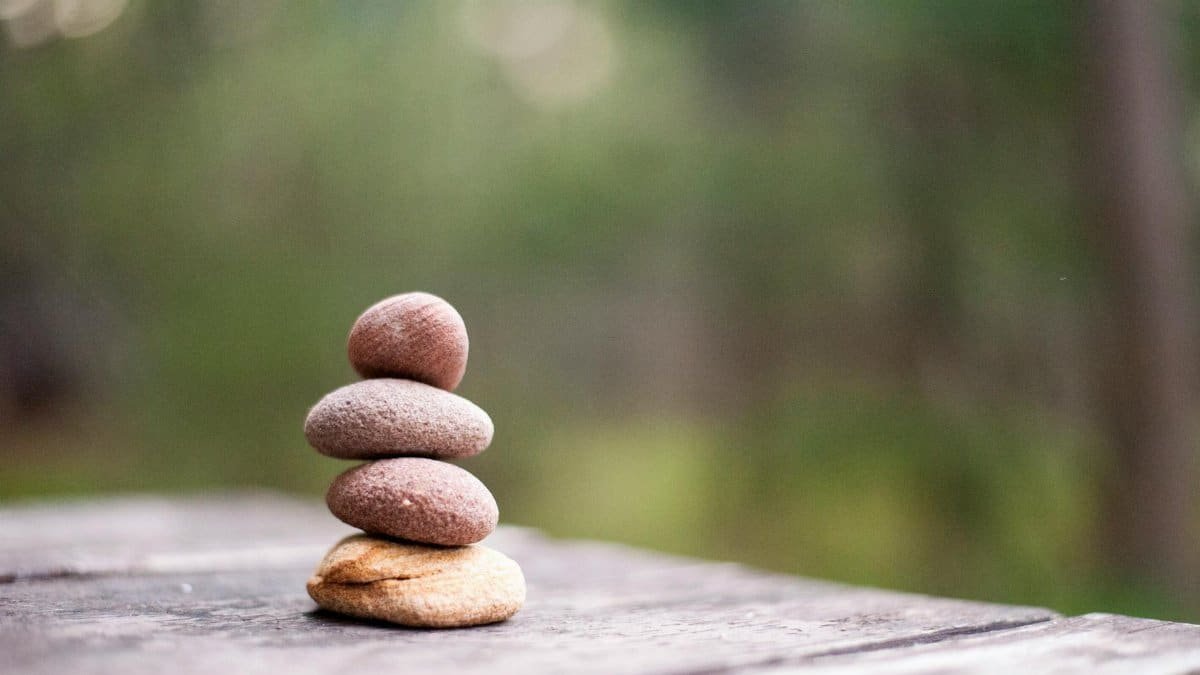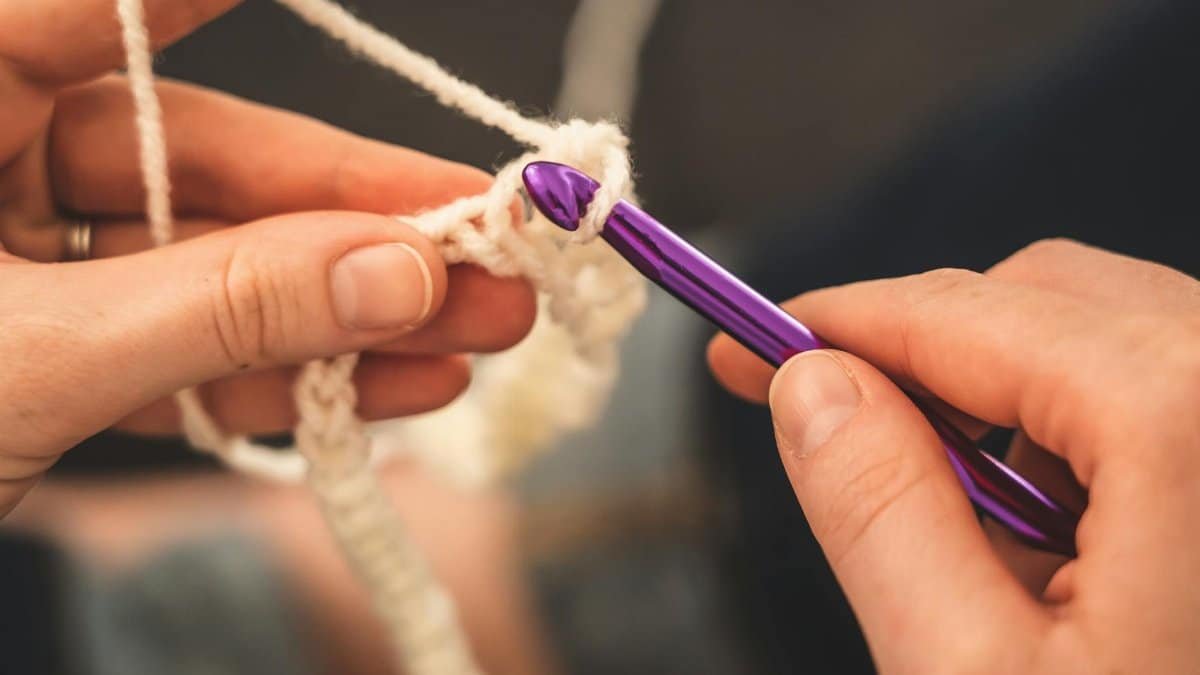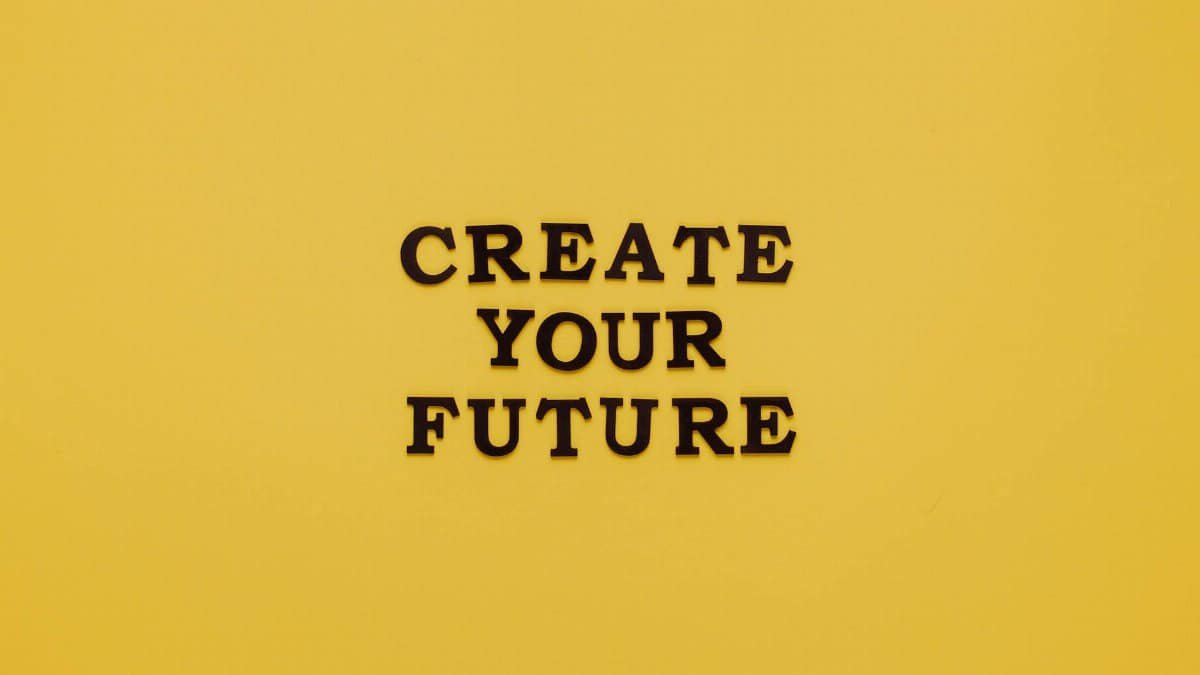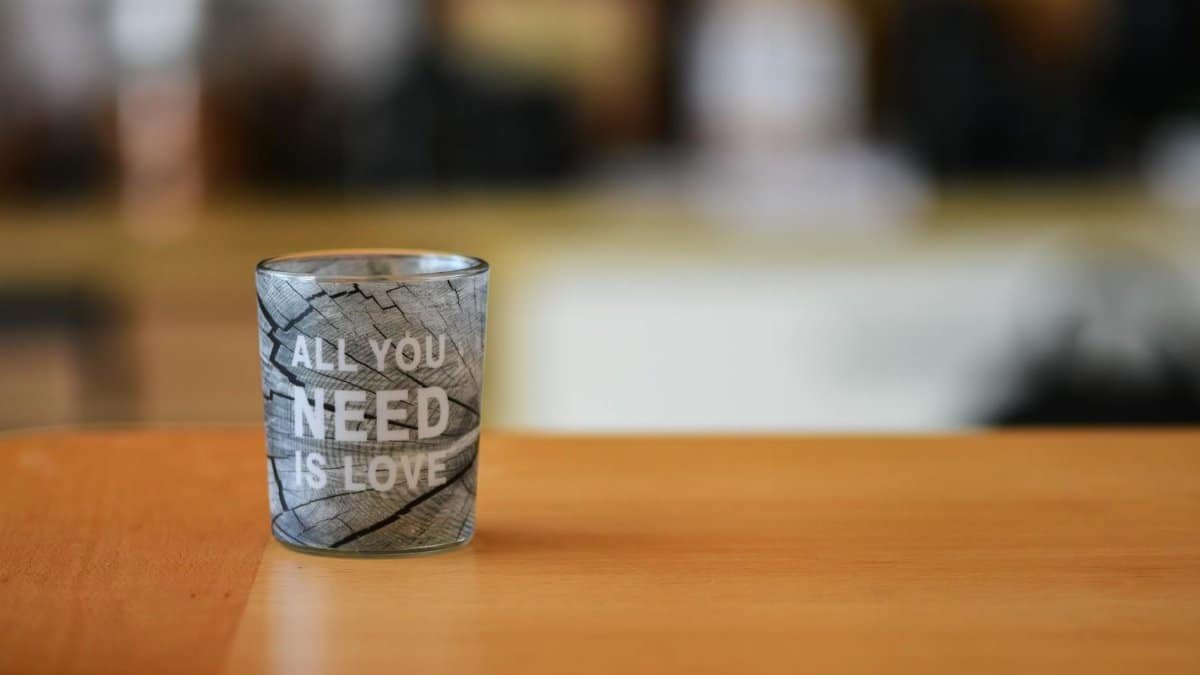Introduction

New data shows 40% of Americans report higher stress levels in 2025, yet peace mindfulness techniques are helping many reclaim calm amid the chaos. According to a recent survey by the American Psychological Association, daily mindfulness practices focused on inner peace have surged in popularity, with users experiencing reduced anxiety by up to 30%. This shift highlights how peace mindfulness, blending meditation and self-compassion, is becoming a go-to tool for mental resilience in a fast-paced world.
What Is Peace Mindfulness Exactly?

Peace mindfulness combines traditional mindfulness with intentional focus on cultivating inner tranquility. It’s not just about being present; it’s about fostering a sense of safety and acceptance within oneself. Experts describe it as a practice where individuals observe thoughts without judgment, aiming to build emotional equilibrium. In bustling U.S. cities like New York and Los Angeles, workshops on this approach are popping up, drawing crowds eager for relief from daily grind.
The Science Backing It Up

Research supports the benefits of peace mindfulness. A study from Harvard Medical School found that regular practitioners show lower cortisol levels, the hormone tied to stress. Participants in an eight-week program reported improved sleep and mood. For credible details, check the Harvard Health Publishing on Mindfulness, which summarizes key findings. This backs why it’s gaining traction in 2025’s wellness scene.
Why You’re Ignoring It

Many overlook peace mindfulness because life feels too hectic. Distractions from work, social media, and news cycles make sitting still seem impossible. Yet, ignoring it means missing out on simple tools for mental clarity. Therapists note that people often confuse busyness with productivity, pushing peace to the back burner. Breaking this cycle starts with recognizing the toll of constant hustle.
Real-Life Impacts in Daily Routines

Incorporating peace mindfulness changes everyday habits. Office workers in Chicago are using quick breathing exercises during breaks to reset. One executive shared that a five-minute session curbs afternoon slumps. Nationwide, apps like Calm and Headspace offer guided sessions tailored to this practice, making it accessible. Trends show a 25% uptick in app downloads this year, per market reports.
Challenges and How to Overcome Them

Starting peace mindfulness isn’t always smooth. Common hurdles include wandering minds or skepticism about its effectiveness. Beginners often quit after a few tries, frustrated by lack of immediate results. Experts recommend starting small, like one minute a day, and tracking progress in a journal. Persistence pays off, as evidenced by user testimonials in wellness forums across the U.S.
Connections to Broader Wellness Trends

Peace mindfulness ties into 2025’s emphasis on holistic health. It’s linked to movements like digital detoxes and nature therapy, where Americans seek balance. The CDC reports rising interest in mental health practices, with mindfulness at the forefront. For more on national trends, visit the CDC Mental Health Resources. This integration shows its role in preventing burnout.
Expert Tips for Getting Started

To begin, find a quiet spot and focus on your breath for a few minutes. Therapists suggest pairing it with gratitude journaling to enhance peace. Avoid forcing outcomes; let thoughts flow naturally. Resources from organizations like the Mindfulness-Based Stress Reduction program can guide you. In cities, community centers offer free classes, making it easy to dive in without commitment.
Potential Drawbacks to Consider

Not everyone thrives with peace mindfulness right away. Some find it stirs up buried emotions, leading to temporary discomfort. Critics argue it’s oversold as a cure-all, ignoring deeper issues like clinical depression. Consulting a professional is key if challenges arise. Studies indicate it’s most effective alongside therapy, not as a standalone fix.
Looking Ahead in American Culture

As 2025 unfolds, peace mindfulness is poised to influence workplaces and schools. Companies like Google already incorporate similar programs for employee well-being. Educators in states like California are piloting it in classrooms to combat student stress. This cultural shift underscores its growing acceptance as a vital tool for navigating modern life’s pressures.
